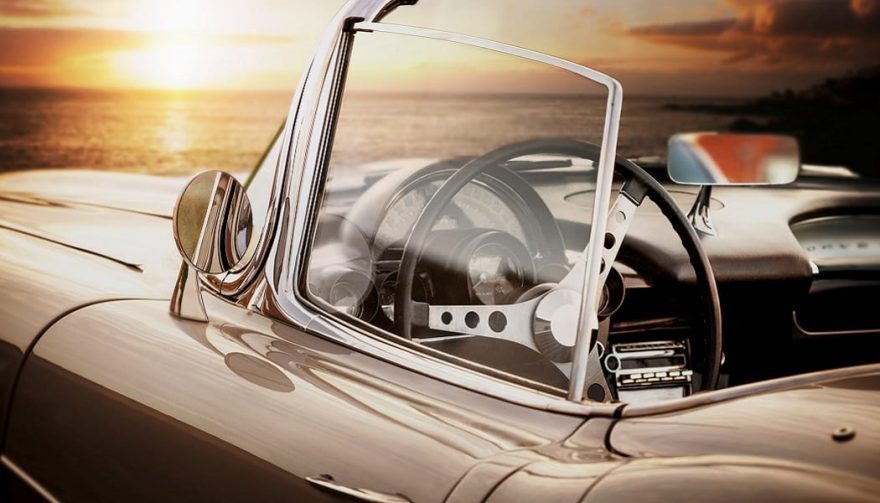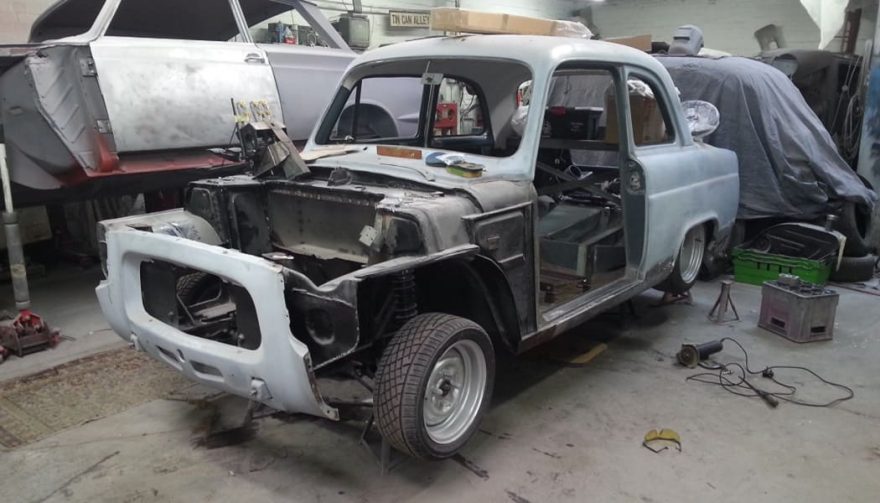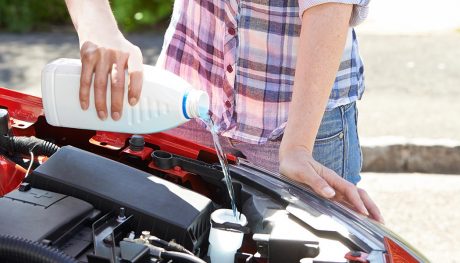3. Set a Timeline
It’s already been said to plan your classic car restoration in a matter of years. If you expect you’ll be driving your car next summer, double it. It’ll be two years, maybe three. Because, let’s face it, life gets in the way.
Take the steps listed here and mark down the time you expect it to take to get through each step. Mark it on your calendar, or set reminders in your phone calendar. That way, you’ll be able to tell how far behind you’re getting.
Another idea is to post your progress to social media like Facebook and Twitter. You might also want to blog about it or add videos to your Youtube channel. (Editor’s note: We’d love to feature your work!) Your followers will ask for updates once in a while, and you’ll have to oblige. But that means you’re going to need to get stuff done. Consider it an added layer of motivation.
4. Strip It Down
All right, let’s get started on the real work. It’s like home renovations, essentially – strip it down to the studs before you build it back up.
How much you strip the car down depends on the results you want to see at the end. A frame-off classic car restoration turns out the best usually. That entails carefully stripping each piece of the car off, packaging and inventorying it, until you’re down to a rolling chassis. Your results will show with frame-off restoration every time.
If you want to do a quick refresh, you might only need to pull the engine and interior, then slap on a bit of bondo and paint. Just know that it’s probably not going to be the same show quality as a frame-off resto.
5. A Solid Foundation
Your frame is the first piece of the puzzle. If it’s compromised at all, your car could be a pile of bolts in no time at all. It could also be unsafe. If you’re building a high-horsepower engine, a weak frame will crack or twist the first time you launch the car from a stop.
Check your frame for rust, holes, cracks and bends. Most muscle cars have frames that can be repaired if necessary with simple welds or splices. And this is the point where you find yourself a high-end personal-use welder or an entry-level commercial welder.
If you want your frame to last until the end of time, strip it and paint or powder coat it. It looks great and will protect it from rusting out for years to come.
View on One Page







